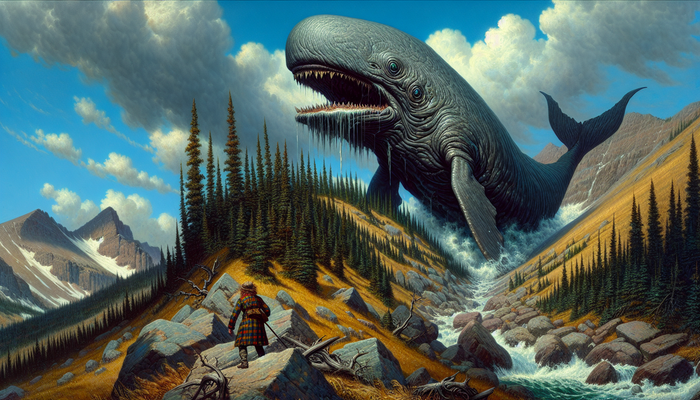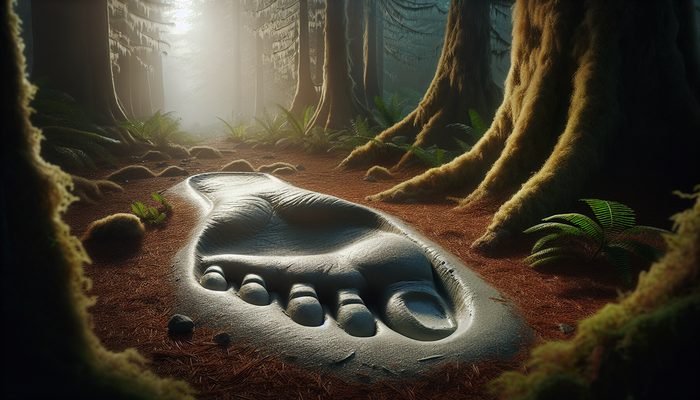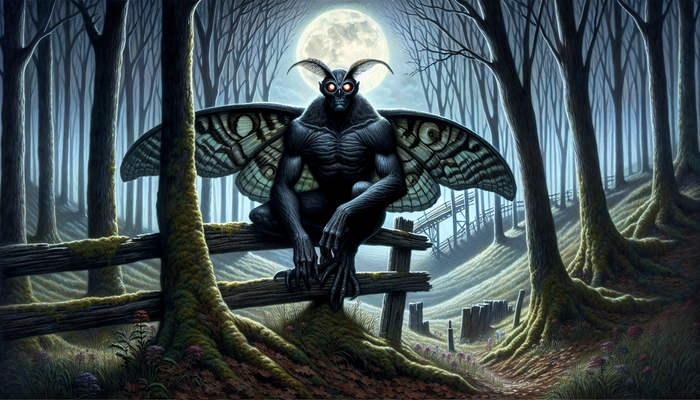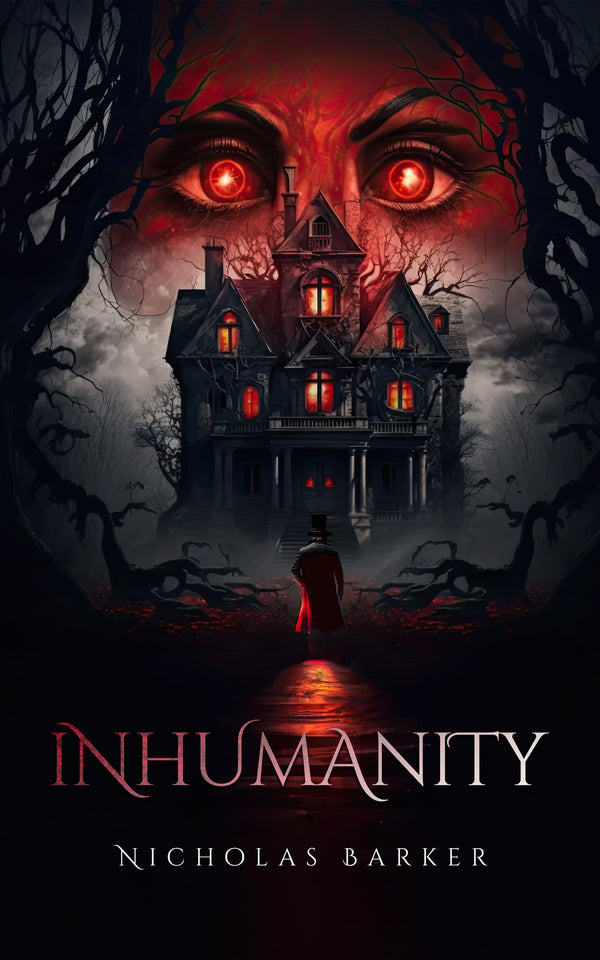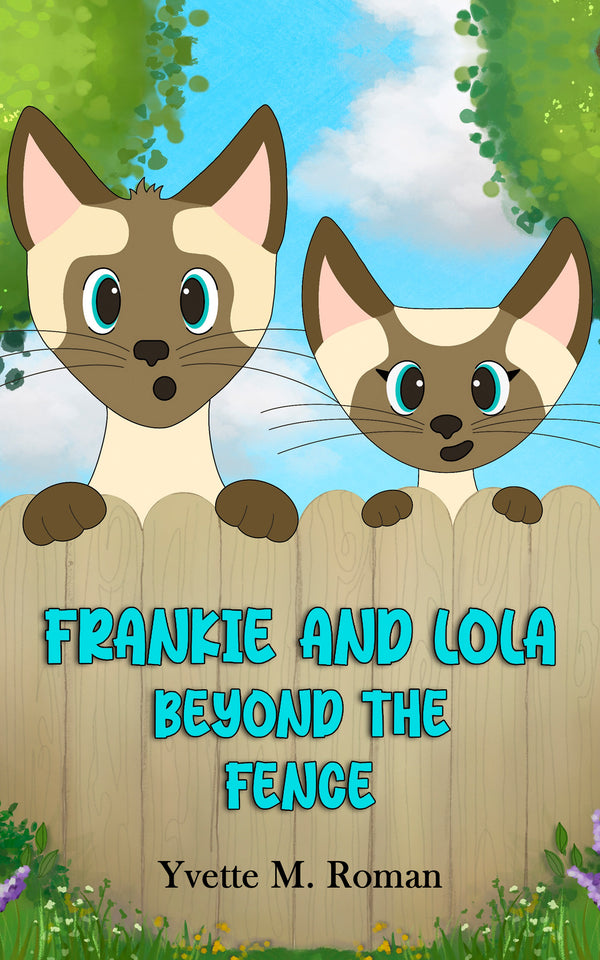The Ogua Monster: Terrifying Legend of the Monongahela River Cryptid
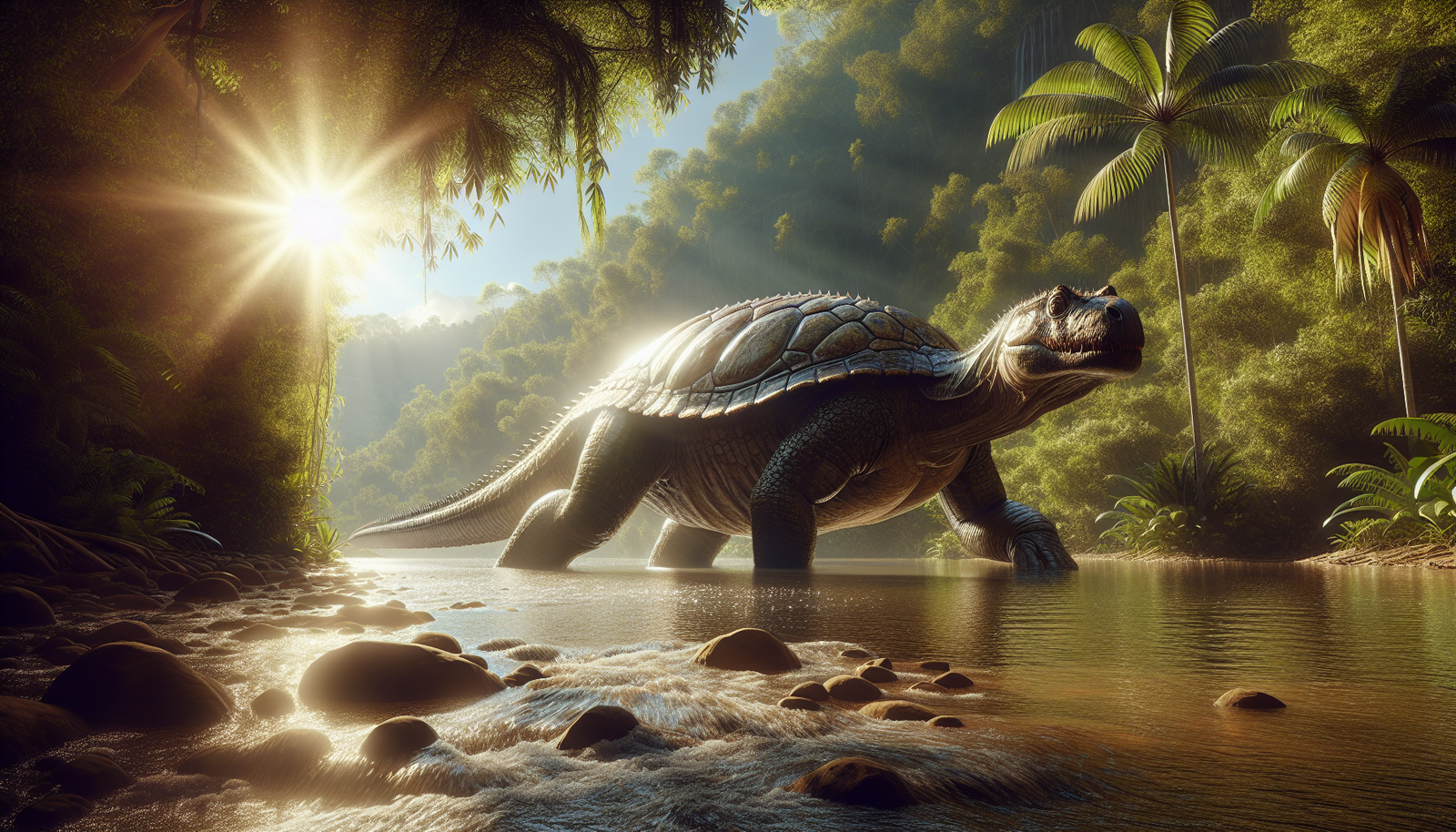
By Oliver Bennett, Cryptozoologist
The dark, murky waters of the Monongahela River flow like an obsidian ribbon through the rugged hills of West Virginia and Pennsylvania. To the casual observer, it may seem like just another picturesque Appalachian waterway - but for those who have heard the legends, these placid depths hold a terrifying secret. Beneath the surface, a monster is said to lurk.
It was a warm summer night in 1983 when coal miner John Edward White settled onto the riverbank in Rivesville, West Virginia for a relaxing night of fishing. As he cast his line into the inky blackness, he had no idea that he was about to come face to face with a legend. Without warning, the water began to churn and a huge, serpentine form rose from the depths. White watched in horror as a monstrous head, as big as a basketball, emerged mere yards away. Behind it, a powerful, writhing tail, longer than a pickup truck, whipped the surface to a froth. After a few eternal seconds, the beast sank back into the river and was gone. White, shaken to his core, vowed never to fish that stretch of river again. He had just become the latest eyewitness to the Ogua, the Monongahela River Monster.
The Ogua Monster is one of America's oldest and most intriguing river cryptid legends. For centuries, tales have circulated of a massive, prehistoric beast patrolling the depths of the Monongahela River, attacking unwary animals and even humans who venture too close to the water's edge. Native tribes warned white settlers of the creature's ferocity, and over the generations, sightings have continued, often by reliable, level-headed witnesses. Yet despite the long history and consistency of reports, the Ogua remains a mystery. Believed by some to be a surviving relic of the dinosaur age, a gigantic alligator snapping turtle, or even a new species unknown to science, the true nature of the beast remains an enigma. But one thing is certain - something strange and terrifying calls the Monongahela River home.
In this article, we'll dive deep into the dark waters of the Ogua legend. We'll examine the creature's origins and description, chronicle the long, frightening history of sightings and encounters, and analyze the theories about what the Ogua could be. We'll explore the monster's cultural impact and enduring legacy, and ponder why, in our modern scientific age, such legends still have the power to captivate and terrify us. So sit back, keep your feet out of the water, and prepare to meet the Monongahela River Monster.
What is the Ogua Monster?
The Ogua Monster is a legendary river cryptid said to inhabit the Monongahela River and its tributaries between north-central West Virginia and southwestern Pennsylvania. Also known as the Monongahela River Monster or the Rivesville River Monster after a town along the river, the Ogua has been a staple of regional folklore for centuries.
The name "Ogua" is believed to derive from the Native American tribes who originally inhabited the region, particularly the Shawnee and Delaware. While the precise meaning has been lost to time, some sources suggest it translates to "river demon" or "water devil" - chilling sobriquets for a frightening creature.
Eyewitness descriptions of the Ogua are remarkably consistent. The creature is said to be massive, typically 15-20 feet in length and weighing 400-500 pounds or more. Its body is usually described as resembling a gigantic, prehistoric turtle or alligator, with rough, scaly skin ranging in color from dark green to reddish-brown. Some accounts mention a row of spiky protrusions running down the beast's back, adding to its primeval, dinosaurian appearance.
One of the Ogua's most distinctive features is its long, powerful tail, said to be as much as 15 feet in length on its own. This appendage is not only a potent weapon, capable of stunning or drowning prey and capsizing small boats, but also the monster's primary means of propulsion through the water. On land, the tail is said to drag behind the Ogua, leaving a distinct serpentine impression in the mud and dirt along the riverbank.
Unlike many aquatic cryptids which are presumed to be strictly marine creatures, the Ogua is allegedly amphibious, able to move with surprising speed and agility both in the water and on land. Its four stubby, powerful legs allow it to clamber onto the shore to bask in the sun or pursue prey. Some witnesses describe the beast's webbed, clawed feet as resembling those of a colossal snapping turtle.
The Ogua's head is another nightmare-inducing feature. As big as a beer keg or even a small car in some accounts, it is said to be blunt and bullet-shaped, like a monstrous alligator snapping turtle's. Its jaws are massive and rugged, lined with jagged teeth and powerful enough to crush the bones of its victims. Some reports claim the creature has horns, spikes, or craggy ridges on its head, lending it a dragonlike visage. Its eyes are usually described as yellow or red, blazing with a fierce, predatory gleam.
Adding to the monster's mystique are its reported behavioral patterns and abilities. The Ogua is invariably described as highly aggressive and territorial, attacking anything it perceives as a threat or potential prey. Its primary hunting strategy is allegedly to lurk below the surface of the water, often near the shore, waiting for a hapless animal or person to come within range. Then, it lunges with lightning speed, seizing the victim in its toothy maw and dragging it down to a watery grave.
The beast's tail is said to be a deadly weapon in its own right. Some accounts claim the Ogua can lash out with it like a whip, stunning or knocking prey into the water where it can more easily dispatch them. Other tales suggest the monster uses its tail to capsize small boats, dumping hapless occupants into the river to be devoured at its leisure.
Perhaps most chilling are the stories of the Ogua's supposed lair. Many reports allege that the creature drags its kills back to an underwater den, where it stores and consumes the bodies at its leisure. This grisly habit has led to dark rumors of a riverbed littered with gnawed bones and half-eaten carcasses. Some even claim the Ogua's submerged cavern is filled with a hoard of sunken treasure and the possessions of its human victims, like a dragon's macabre bower.
The Ogua's propensity for leaving the water to pursue or store prey is the source of another unnerving detail - its tail is said to leave a distinctive, sinuous groove in the soft mud and dirt of the riverbank, a frightening sign of its passage. Imagine coming across such a mark, realizing that a monster had hauled itself ashore only feet away, perhaps only moments before. It's the stuff of nightmares.
So this is the Ogua Monster of legend - a massive, prehistoric horror, equally at home in the water or on land, voracious and implacable in its appetite. For the people of the Monongahela River Valley, it is no mere story but a living threat, a nightmare that could rise from the depths at any moment to claim another victim. But how far back does this chilling legend go? To answer that, we must look to the history of Ogua encounters through the centuries.
History of Ogua Monster Sightings
The legend of the Ogua Monster is as old as human habitation along the Monongahela River. The earliest accounts come from the Native American tribes who made the river valley their home for generations before the arrival of white settlers. These indigenous peoples, primarily the Shawnee and Delaware, had a deep reverence for the river and the creatures that dwelled within it. But they also feared the Ogua, which featured prominently in their folklore and oral traditions.
Tribal elders would warn their people, especially children, never to swim or play too close to the water's edge, lest the Ogua snatch them and drag them down to a watery grave. Some stories claimed the monster had a particular taste for human flesh and would lie in wait for hours or even days for a chance to seize an unwary victim. Shamans and medicine men were said to perform rituals and leave offerings to appease the creature's wrath and keep it from attacking the tribe's camps.
When European settlers began to push into the region in the 18th century, they too soon learned to fear the river monster. Pioneers reported seeing a huge, dark shape gliding beneath the surface of the water, or hearing eerie splashing and bellowing from the depths at night. Native guides would refuse to paddle too close to certain spots along the riverbank, insisting they were the Ogua's favorite hunting grounds.
One of the earliest documented Ogua encounters dates back to 1745, near the present-day town of Hoult, West Virginia. According to the tale, a 12-year-old boy was fishing along the riverbank with his family when an enormous, turtle-like creature suddenly erupted from the water and seized him. As his horrified relatives watched helplessly, the beast dragged the screaming child beneath the surface, never to be seen again. The story spread like wildfire among the settlers, cementing the Ogua's reputation as a deadly menace.
Another chilling account comes from the late 1700s, in a letter written by a young soldier stationed at Fort Harmar, near present-day Marietta, Ohio. He described a "river devil" that would lie in wait for deer to come down to the water to drink, then lunge out and seize them, crushing them in its mighty jaws and dragging them downstream to its lair. The soldier claimed that a hunting party from the fort had actually managed to kill one of the beasts, which measured a horrifying 15 feet in length and weighed over 400 pounds. Most disturbingly, he reported that the creature had not one but two heads, like some nightmare hybrid of reptile and mythological hydra.
As the frontier became more settled in the 19th century, Ogua sightings continued. Farmers and fishermen reported seeing the creature's dark, humped back break the surface of the river, or spotting its distinctive tail tracks in the mud of the riverbank. In a few terrifying instances, people claimed the monster had actually attacked them, pursuing them onto land or trying to overturn their boats. But with no concrete evidence, and with many people still regarding the backwoods of Appalachia as a realm of superstition and tall tales, the Ogua remained more legend than fact.
That changed in the 20th century, as the Monongahela River Valley became more industrialized and populated. With more people came more eyewitnesses, and more credible reports of the river monster. In the 1930s through the 1950s, sightings around the city of Pittsburgh became so frequent that the local police actually formed a task force to investigate, though they never managed to corner the beast.
But it was in the 1980s that the Ogua truly entered the modern public consciousness. In 1983, a series of sightings around the town of Rivesville, West Virginia made headlines and thrust the monster back into the spotlight. The most dramatic encounter was that of coal miner John Edward White, who claimed to have seen a huge, serpentine creature while fishing on the river at night. As he watched in disbelief, the beast's massive head and long, writhing tail broke the surface mere yards from where he sat. White's story made the local papers, and soon other eyewitnesses were coming forward with their own tales of close calls with the Ogua.
The Rivesville sightings marked a turning point in the Ogua legend. No longer just a spooky campfire tale or historical curiosity, the monster had become a contemporary phenomenon. Cryptozoologists and monster hunters flocked to the region, hoping to be the first to capture conclusive evidence of the creature's existence. Locals eagerly shared their own stories and theories, and the Ogua became a source of regional pride, a unique piece of Appalachian lore that set the Monongahela River Valley apart.
In the decades since, alleged Ogua sightings have continued, though none have been as dramatic or well-publicized as the Rivesville incidents. In 2003, a fisherman near Pittsburgh claimed to have taken a photo of the creature, but the blurry image was inconclusive. Other witnesses have come forward with stories of close encounters, often describing the same massive, prehistoric-looking beast rising from the depths.
Perhaps most intriguingly, some researchers have uncovered old newspaper archives and historical accounts that seem to describe the Ogua, but which have been largely forgotten over the years. These tantalizing hints suggest that the monster's history may be even richer and more extensive than previously realized, a thread of mystery woven through centuries of Appalachian folklore.
So the question remains - what is the Ogua? Is it a flesh-and-blood creature, a living relic of a prehistoric age? A case of mistaken identity, a hoax, or a tall tale that has taken on a life of its own? Or could it be something more, a manifestation of our primal fears and fascination with the unknown? To explore these questions, we must examine the theories and possible explanations behind the Monongahela River Monster.
Theories and Possible Explanations
The Ogua Monster has been a source of mystery and speculation for as long as people have been telling stories about it. Over the years, various theories have been proposed to explain the creature's identity and origins, ranging from the plausible to the fantastical. Let's examine some of the most compelling possibilities.
One of the most popular theories is that the Ogua is some sort of unknown or thought-to-be-extinct species of giant river turtle. Proponents point to the creature's consistent description as a massive, turtle-like beast, as well as its reported amphibious nature and ability to move on land. Some have suggested it could be a surviving population of Stupendemys geographicus, a car-sized prehistoric turtle that lived in South America millions of years ago. Others speculate it may be an oversized species of alligator snapping turtle, which can grow up to 250 pounds and are known for their powerful jaws and aggressive temperament.
Another intriguing possibility is that the Ogua is actually an alligator that somehow found its way up from the Gulf of Mexico, perhaps via the Mississippi and Ohio Rivers. While it may seem far-fetched, alligators have been known to travel surprising distances and turn up in unexpected places. In 2019, a 7-foot gator was found in a Pittsburgh park, likely an escaped or released pet. And in the 19th century, there were a rash of alligator sightings along the Allegheny River in Pennsylvania, leading some to speculate that a breeding population had become established. An especially large, ornery specimen could potentially match the Ogua's description and aggressive behavior.
Of course, for many cryptozoology enthusiasts, the most tantalizing explanation is that the Ogua is a genuine river monster, an unknown species that has managed to avoid scientific detection. Some have proposed it could be a freshwater cousin of the famous Loch Ness Monster, or a North American relative of the Mokele-mbembe, a sauropod-like creature said to inhabit the Congo Basin. Others suggest it may be a remnant population of plesiosaurs, marine reptiles that went extinct with the dinosaurs but which some believe could have adapted to freshwater environments. The idea of a prehistoric monster lurking in the backwaters of Appalachia is a captivating one, and has fueled many a cryptozoological expedition along the Monongahela.
From Bigfoot to UFOs: Hangar 1 Publishing Has You Covered!
Explore Untold Stories: Venture into the world of UFOs, cryptids, Bigfoot, and beyond. Every story is a journey into the extraordinary.
Immersive Book Technology: Experience real videos, sights, and sounds within our books. Its not just reading; its an adventure.


